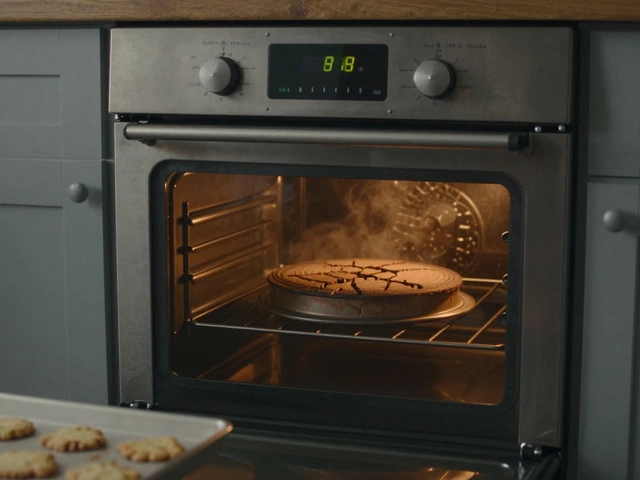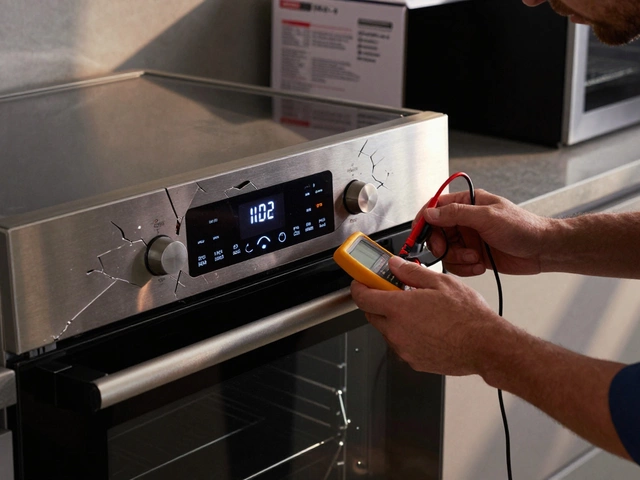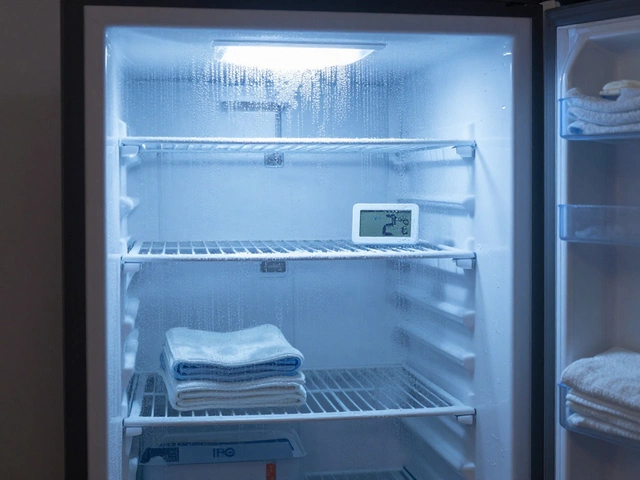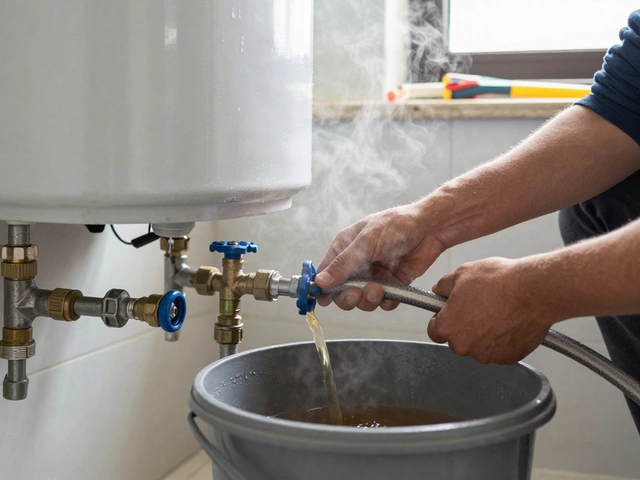Fix Dishwasher Issues Quickly and Easily
Got a dishwasher that’s humming, leaking, or just refusing to clean? You don’t need to panic or call a technician right away. Most problems have a simple fix that you can handle in under an hour. This guide walks you through the most common faults, step‑by‑step troubleshooting, and the signs that it’s time to call a pro.
Quick Checks Before You Get Your Tools Out
Start with the basics. Make sure the dishwasher is plugged in and the circuit breaker hasn’t tripped. A reset button on the control panel can clear a stuck program. If the door won’t latch, inspect the gasket for debris or misalignment – a clean, straight seal often solves the problem.
Common Problems and How to Fix Them
1. Dishwasher Won’t Fill
If water isn’t entering the tub, first check the inlet valve. Turn off the water supply, disconnect the hose, and look for blockages. A quick soak in warm water can dissolve mineral buildup. If the valve still doesn’t open when you run a cycle, the motor may be burned out and needs replacement.
2. Not Draining Properly
A clogged drain pump or filter is the usual culprit. Remove the bottom rack, locate the filter, and scrape out food particles. Next, pull the pump cover and clear any debris from the impeller. Run a short hot‑water rinse; if water still pools, the pump hose may be kinked or the pump itself could be faulty.
3. Items Come Out Dirty
Check spray arms for clogs. Detach them and use a toothpick or soft brush to clear holes. Also inspect the water temperature – dishes need at least 120°F (49°C) to clean well. If the heater element is broken, you’ll notice lukewarm water and may need a replacement part.
4. Loud or Humming Noise
Noise often means a loose rack, a damaged pump, or worn bearings. Tighten any loose bolts on the racks and make sure no utensils are stuck in the pump. If the hum persists, the motor bearings may be worn out – that’s a job for a technician.
5. Leaking Water
Inspect the door gasket for cracks and the spray arm for loose connections. A cracked tub can also cause leaks; look for water pooling at the bottom of the appliance. If you spot a crack, the tub will need professional repair or replacement.
These fixes cover over 80% of everyday dishwasher woes. Keep a small toolbox with a screwdriver, pliers, and a bucket handy – it makes the job smoother.
When to Call the Professionals
Even with the best DIY skills, some issues are best left to experts. If you’ve tried the above steps and the dishwasher still won’t run, shows error codes you can’t decode, or you suspect electrical problems, call a certified repair service. Also, older models (10+ years) may have worn seals and motors that are cheaper to replace than repair.
Regular maintenance can prevent most breakdowns. Run a cleaning cycle once a month with dishwasher‑safe cleaner, wipe the gasket after each use, and check the filter weekly. A little upkeep saves you time, money, and the hassle of emergency calls.
Now you’ve got the know‑how to tackle the most common dishwasher problems yourself. Grab your tools, follow the steps, and you’ll have sparkling dishes without the extra cost of a service call. If anything feels too complex, don’t hesitate to reach out to a local repair pro – they’ll get your machine running like new again.
28 June 2025
·
0 Comments
Wondering if your dishwasher is a pain to fix? Discover how simple repairs can be, common issues, and pro-level tips to keep your appliance running smoothly.
Read more






